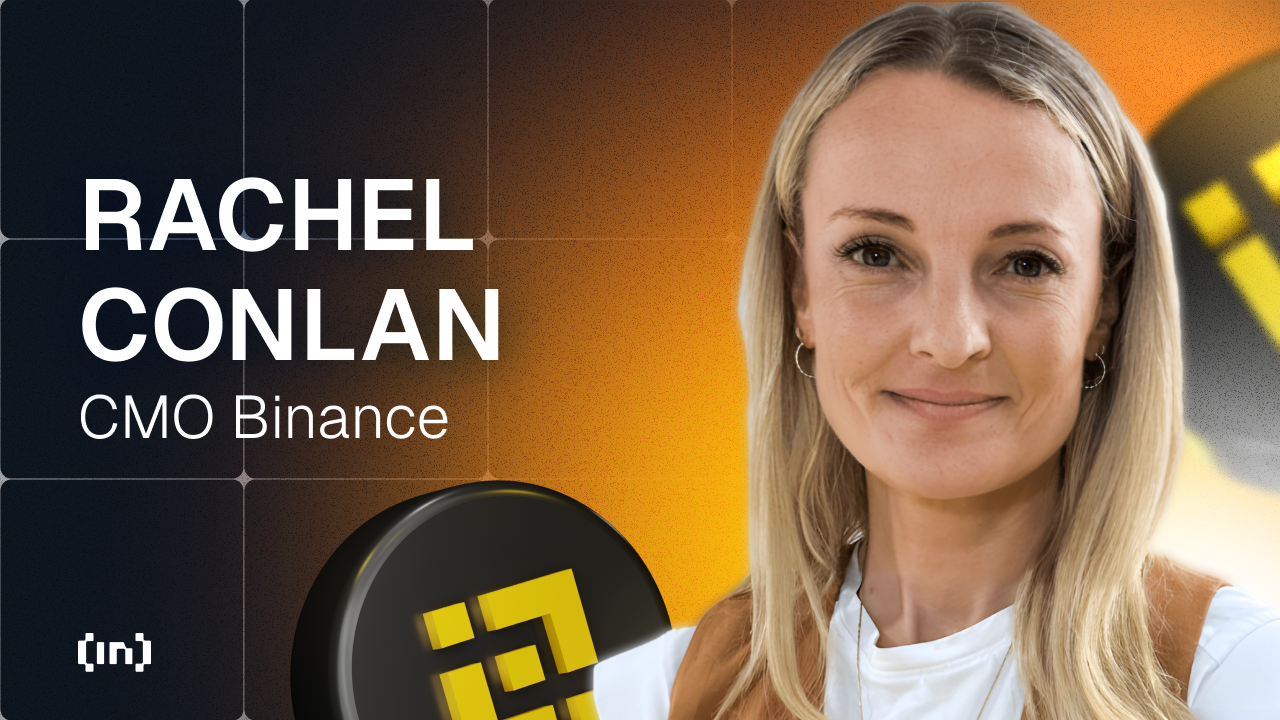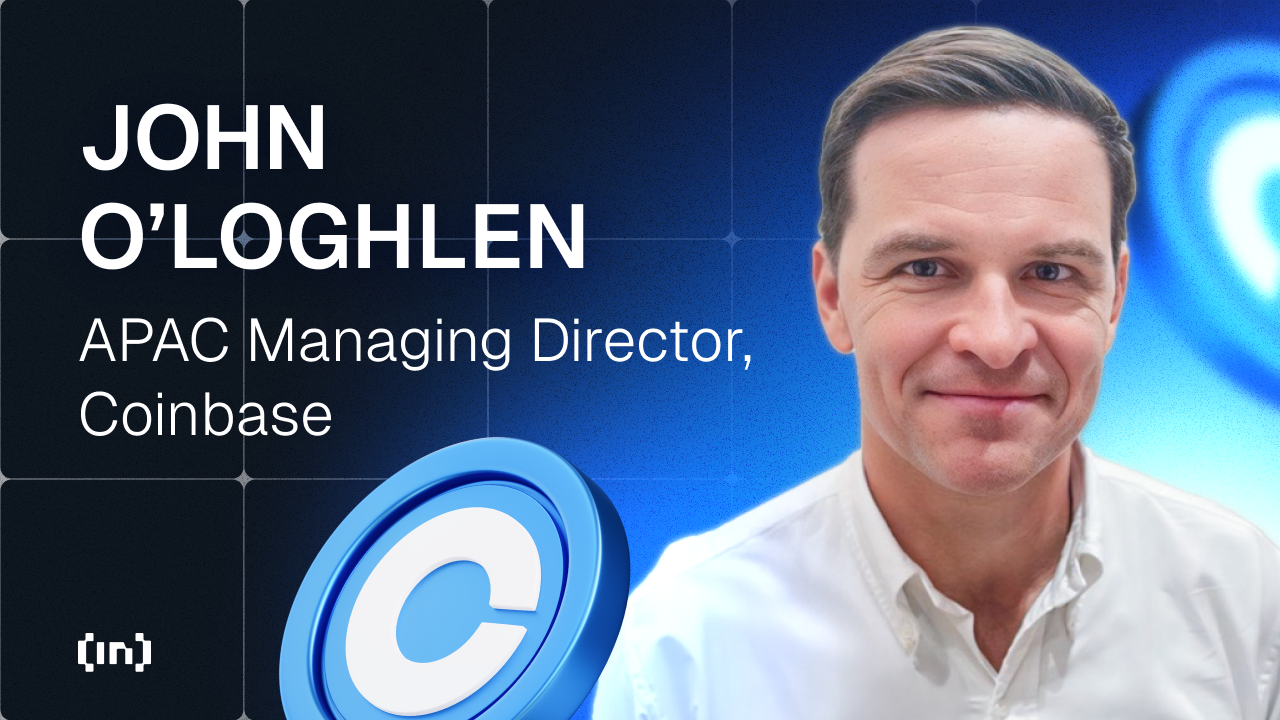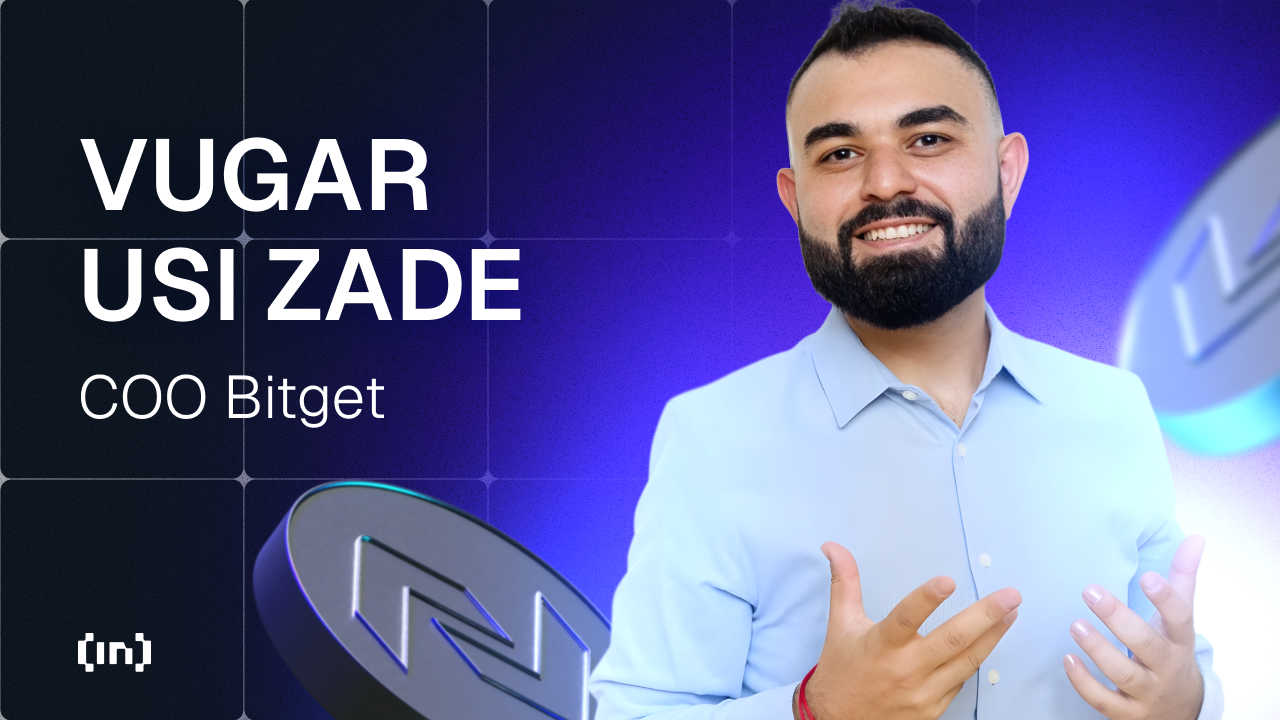TradFi (traditional finance) to decentralization isn’t just a matter of flicking a switch, says Motti Peer, the CEO of ReBlonde.
When people discuss the need to bridge the gap between DeFi and TradFi, they look at the modern online banking system and wonder what’s stopping crypto projects from mirroring the same functionalities. Can’t we all take out mortgages on the blockchain without an intermediary, cancel miscalculated transactions, or walk into a convenience store and pay for groceries with cryptocurrencies? For the most part, we can’t, and not just for a lack of a coherent regulatory framework.
It’s true that selling a fraction of the house you put on the blockchain as a security token won’t quite legally fly in most places yet. A proper regulatory framework is important, but the problem with creating blockchain use cases that replicate traditional finance runs as deep as the technology itself.
Let’s start with DeFi, an industry of blockchain use cases that lacks some of the basic functions available in traditional finance. DeFi is web-based, and in many ways an ecosystem independent from outside industries, so the potential to build use cases is infinite and pure. As such, it’s fruitful to look at the technical challenges plaguing the industry, such as the need to adapt real estate law to allow for tokenizing properties.
TradFi vs Defi: The limiting aspects
Smart contracts are at the core of DeFi and most blockchain applications. A total of 1.45 million smart contracts have been created in Q1 of 2022 alone. Creating any kind of DeFi protocol necessitates deploying a smart contract, a time-consuming process that can cost between $7,000 and $45,000 in development. The audit phase can reach a maximum of $100 thousand, and all that before touching on the deployment costs.
Regardless of whether you’re a small crypto project or a legacy corporation looking to adopt smart contracts, this is no small price—especially in the current economy. Companies are laboriously working to find ways to make the most out of smart contracts and reduce the necessity for new ones every step of the way. Examples include Spool, a DAO that recently launched its Smart Vault creation tool allowing users to create customizable yield protocols for building diversified DeFi portfolios on top of their platform. Otherwise, such protocols would necessitate the creation of new smart contracts.
Beyond the cost associated with deploying smart contracts, we have to look at the basic architecture of the blockchains on which use cases are being built. The industry still hasn’t fully solved the problem of siloed blockchains that are unable to communicate with one another. With different blockchain networks operating in isolation, several cross-chain interoperability solutions were developed to address the issue. But each solution found comes with weaknesses and technical complexities.
Alone and understaffed
The lack of fool-proof, cross-chain interoperability solutions stymies liquidity transfer and trading possibilities. Derivatives platforms like GMX or Perpetual Protocol have to rely on a centralized trade execution mechanism and feature only a limited number of assets available for trading. Currently, Primex Finance seems to be the only cross-chain prime brokerage protocol that enables cross-DEX spot margin trading.
The slow progress in seamlessly connecting blockchains in a way that fosters industry growth largely stems from a lack of the very people who are able to build the solutions to do so. A quick search for blockchain developers on LinkedIn will reveal over 90 thousand job openings worldwide, emphasizing the short supply. The dire lack in Web3 developers emerges from the need to know specific Web3 coding languages, such as Solidity or Vyper, and the shift in mindset needed to create decentralized protocols a reality.
To address the developer-shortage issue, efforts must be made to better onboard programmers to the world of DeFi without overcomplicating the process. Innovations like Kirobo’s Smart Transactions (ST) technology, an API allowing web2 developers to build web3 protocols and projects on the blockchain without needing smart contracts or coding, need to be embraced and nourished.
With a growing number of projects looking to bridge the gap between DeFi and TradFi, it is important to remember that a bigger set of tools will only get us so far. The dream of decentralization ultimately goes through mass adoption and the more freedom users have to leverage their assets the better the whole ecosystem will fare. Moreover, projects must work to implement a bigger arsenal of cross-chain interoperability possibilities to truly grant users that freedom.
About Author
Motti Peer is the CEO of ReBlonde, a Tel Aviv-based global PR firm with an award-winning team that represents clients across the spectrum of tech, from AI and medtech to crypto, fintech, blockchain, and venture capital.
Got something to say about TradFi or anything else? Write to us or join the discussion in our Telegram channel. You can also catch us on Tik Tok, Facebook, or Twitter.
Opinions seen on this website should not drive any financial decisions from readers.
Disclaimer
All the information contained on our website is published in good faith and for general information purposes only. Any action the reader takes upon the information found on our website is strictly at their own risk.
Source link













